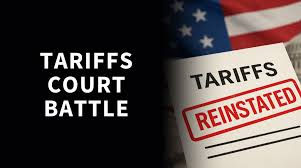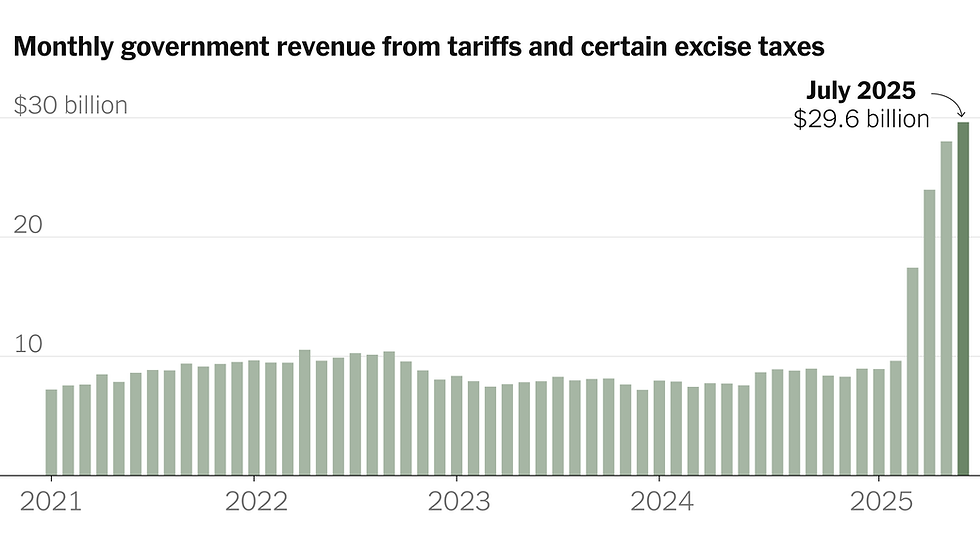Inflation Spoiler - Long Term Contracts
- Sameer Kalra
- Nov 15, 2022
- 2 min read
Updated: Nov 22, 2022
The recent global inflation data is providing much-needed relief to investors, governments and most crucially to central banks. The majority of current relief is coming from lower energy-related prices every month. This provides the central banks with some breathing room to lower the rate hike amount even if the unemployment rate starts to rise.
The problem will be when the spot markets( price paid to buy as and when needed) drive the estimates of future data but actual data might differ as it mostly will be driven by contractual markets( price paid to buy within a contractual time and price ).
Let’s look at an instance to understand it at a more in-depth level. At present container, rates have fallen to $3340 per unit as compared to $9400 per unit in November 2021. This means the spot demand will be paying the lower present price but the contractual market is still dominated by last year's prices. And since the shipping industry is driven mostly by long-term contracts the majority of businesses are still paying higher than the spot market.
A similar pattern is replicated in the majority of industries, especially where the supply is restricted or has a longer delivery time. This is done to provide business with stability. But with this inflation is provided with a strong base with being vulnerable to upside risk in the energy of food prices during next year.
Though Goldman Sachs and Morgan Stanley have estimated USA CPI to fall below 2% by December 2023. The start of next year will be having two divergent trends, one with businesses with higher inventories and the second with governments with lower energy and food inventories. This will be a major risk to those estimates and keep the volatility with uncertainty at the higher end.






Comments